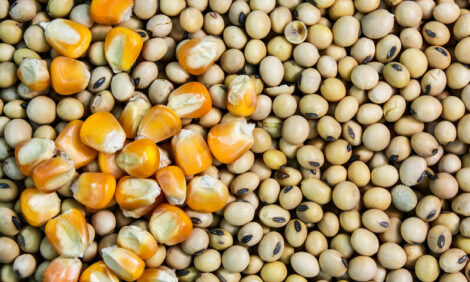



Dairy enzymes market to hit $1 billion by 2030 - research
Strict, precautious regulations could slow growthThe Dairy Enzymes Market size is expected to exceed $1 billion by 2030, according to a new research report by Global Market Insights Inc.
A positive outlook toward the dairy product processing industry will drive the dairy enzymes industry trends, says the report. Increasing government initiatives to reduce the risk factors regarding food products across the food and beverage industry that may cause intestinal damage, digestion issues, diarrhea, and other issues will augment the product demand. Shifting consumer preference toward lactose-free food supplements as an alternative to lactose-rich products due to the surging cases of lactose intolerance in people from across the globe will also increase the demand for dairy enzymes market.
Strict and precautious regulations to handle enzyme manufacturing and usage may emerge as a major restraining factor, cites the report. However, rising awareness regarding the use of such enzymes in the processing of curds, cheese, butter, and ice creams may boost product uptake while encouraging market players to eventually reduce risk related properties of these enzymes.
Based on product, the report segregates the dairy enzymes market into lipases, carbohydrases (amylase, lactase, others), proteases, esterase, catalase, transglutaminase, and others. The carbohydrases segment size was recorded at $220 million in revenue in 2021 and is expected to reach a valuation of $350 million by 2030 supported by the escalating demand for sports drinks owing to shifting lifestyles of people. Carbohydrase is widely used for making food & beverage, pharmaceutical, and animal feed products as it cuts acids and harmful gases from these items.
The dairy enzymes market size from whey protein application segment will be worth over $100 million by 2030. Dairy enzymes, such as protease, primarily work to cleave the peptide bonds of various proteins, creating smaller, more easily digestible pieces, which will propel the uptake of whey proteins, thereby resulting in a considerable increase in demand for dairy enzymes.


